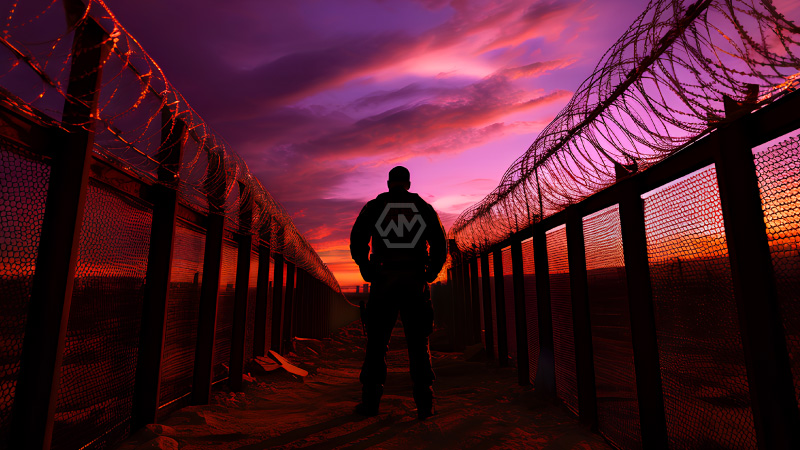- Israeli airstrikes kill 20, including six children, in latest overnight raids on Gaza.
- Aid seekers face lethal force; over 600 killed near distribution points since late May.
- Ceasefire talks between Israel and Hamas intensify with U.S. and Qatari mediation.
As Gaza reels from continued violence, Israeli airstrikes claimed the lives of 20 more Palestinians overnight, including six children. The strikes hit a tent for displaced families in Khan Younis and a camp in northern Gaza, compounding the humanitarian toll.
The mounting death toll comes amid high-level meetings in Washington, where Israeli Prime Minister Benjamin Netanyahu met former U.S. President Donald Trump to reaffirm intentions to dismantle Hamas’s influence in Gaza.
Gaza’s Crisis Deepens: Aid Zones Become Battlegrounds as Diplomatic Talks Resume
The humanitarian crisis is escalating at an alarming pace. According to Gaza’s health officials, over 640 people have died and more than 4,500 have been injured while attempting to collect food or aid since late May. These figures point to a disturbing trend—aid zones, typically regarded as safe spaces, are turning into perilous hotspots. Doctors and humanitarian workers describe the situation as unprecedented, with mass casualty events occurring almost daily.
International actors, including Qatar, Egypt, and the United States, are attempting to broker a ceasefire. The proposed 60-day truce could lead to the release of 10 living hostages and 9 deceased individuals held by Hamas. However, mediators stress that key details remain unresolved. While the U.S. envoy remains hopeful, Qatar’s diplomatic team indicates that time and negotiation will be critical for meaningful progress.
Meanwhile, Israel has published a report accusing Hamas of using sexual violence during the October 7 attacks that triggered the war. These claims, based on forensic and eyewitness evidence, have been met with firm denials from Hamas. The report advocates for new legal frameworks to prosecute wartime sexual violence even when direct victim testimony is unavailable—suggesting a shift in how such atrocities may be documented and judged internationally.
Eyewitnesses on the ground describe scenes of horror and devastation. “The explosion was massive, like an earthquake,” said one survivor from the Al-Shati camp. Families in Gaza are now sleeping in fear, many under open skies. With basic services collapsing, and trust in safe zones eroding, a growing number of civilians see little hope beyond survival. Calls for international accountability and intervention grow louder as the violence shows no signs of abating.
Gaza stands at a breaking point, where hope for ceasefire is overshadowed by the growing body count and humanitarian despair. Each delay in diplomacy risks more lives lost.
“In war, truth is the first casualty.” — Aeschylus



